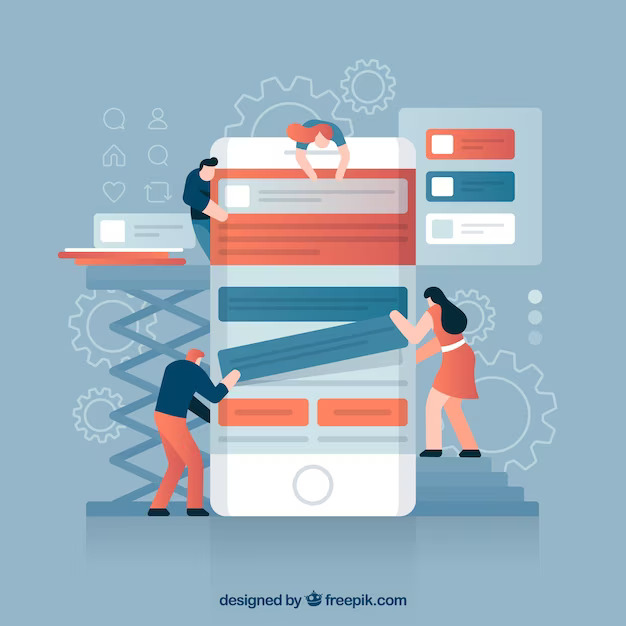Introduction
E-commerce personalization is a crucial part of any online store’s marketing strategy. It involves tailoring your online store’s experience to the individual customer’s preferences, interests, and behavior. Personalization can take many forms, from recommending relevant products to offering exclusive discounts to customers who have shown interest in certain products. In this guide, we will explore the different ways to personalize your e-commerce store and how it can benefit your business.
Understanding Customer Data
The first step to effective e-commerce personalization is to understand your customer’s data. This includes their browsing history, purchase history, demographics, location, and other relevant data. By collecting and analyzing this data, you can gain insights into your customers’ interests and behavior, which will help you personalize their shopping experience.
There are several ways to collect customer data, including:
- Cookies: Cookies are small text files that are stored on a user’s computer or mobile device. They can track user behavior, such as the pages they visit and the products they view.
- Surveys and forms: Surveys and forms can help you collect demographic information, such as age, gender, and location.
- Social media: Social media platforms can provide valuable insights into your customers’ behavior and interests.
Once you have collected customer data, you can use it to personalize your e-commerce store.
Personalizing the Shopping Experience
- Product recommendations: One of the most effective ways to personalize the shopping experience is to offer product recommendations based on the customer’s browsing and purchase history. This can be done using algorithms that analyze the customer’s behavior and suggest products that they are likely to be interested in.
- Personalized emails: Email marketing is a powerful tool for e-commerce personalization. By sending personalized emails based on the customer’s browsing and purchase history, you can increase engagement and conversions. For example, you can send an email with product recommendations based on their browsing history or offer exclusive discounts on products they have shown interest in.
- Customized landing pages: Customized landing pages can be created to target specific customer segments, such as first-time visitors or returning customers. These landing pages can be tailored to the customer’s interests and behavior, making it more likely that they will make a purchase.
- Personalized offers: Offering personalized discounts and promotions can help increase customer loyalty and repeat purchases. For example, you can offer a discount on a product that the customer has previously purchased or offer free shipping on their next purchase.
- Chatbots: Chatbots can be used to provide personalized customer support and assistance. They can answer customer questions and provide product recommendations based on the customer’s browsing history.
Benefits of E-commerce Personalization
- Increased sales: Personalization can help increase sales by making it easier for customers to find the products they are interested in and providing them with personalized recommendations.
- Increased customer loyalty: By offering personalized discounts and promotions, you can increase customer loyalty and repeat purchases.
- Improved customer experience: Personalization can improve the customer experience by providing relevant product recommendations and personalized support.
- Improved customer engagement: Personalization can increase customer engagement by providing personalized content and promotions.
- Better data insights: By collecting and analyzing customer data, you can gain insights into your customers’ behavior and interests, which can help you improve your marketing strategy.
Conclusion
E-commerce personalization is an essential part of any online store’s marketing strategy. By collecting and analyzing customer data, you can gain insights into your customers’ interests and behavior, which will help you personalize their shopping experience. Personalization can take many forms, from recommending relevant products to offering exclusive discounts to customers who have shown interest in certain products. The benefits of e-commerce personalization include increased sales, increased customer loyalty, improved customer experience, improved customer engagement, and better data insights However, it’s important to remember that e-commerce personalization is not a one-size-fits-all solution. What works for one customer may not work for another, and it’s important to continually analyze customer data and adjust your personalization strategy accordingly.
Additionally, it’s important to respect customer privacy and ensure that personalization efforts are not intrusive or creepy. Customers may feel uncomfortable if they feel like their every move is being tracked and used for marketing purposes. It’s important to be transparent about the data you collect and how it will be used.
In conclusion, e-commerce personalization can be a powerful tool for increasing sales, customer loyalty, and overall customer satisfaction. By collecting and analyzing customer data and implementing personalized strategies, online retailers can create a tailored shopping experience that meets the needs and preferences of individual customers. As the world of e-commerce continues to evolve, personalization will become an increasingly important aspect of successful online retail. Hire best ecommerce developers in India from eglobalindia for effective ecommerce solutions.




